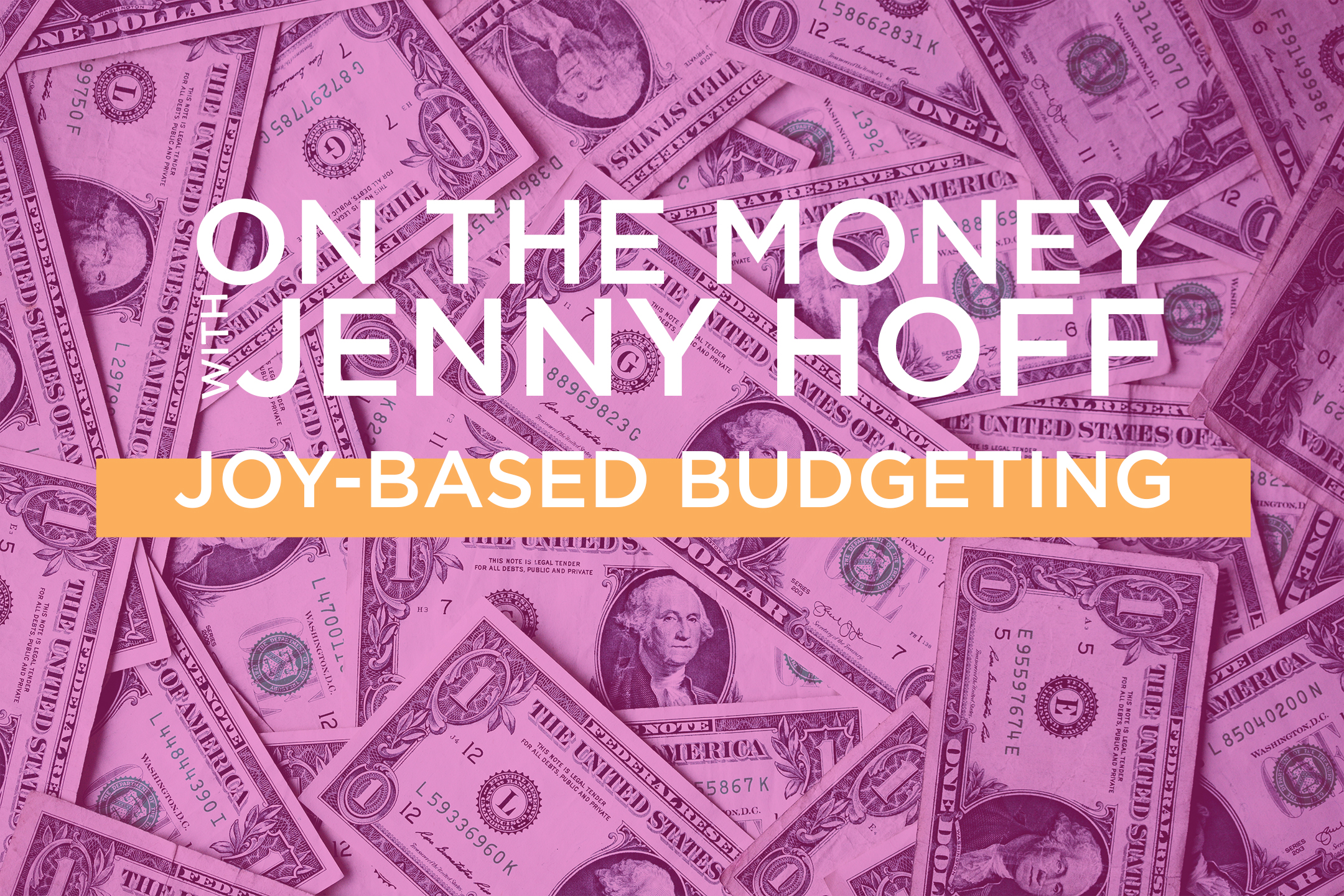This joy-based budgeting method will help you spend your money with more purpose.
By Jenny Hoff
If you find yourself looking at your credit-card bills every month and wondering, “Where did all my money go?” you’re not alone. The simplicity of swiping, clicking or even just holding up your phone to pay for an item has made it easy to lose track of what you’re actually spending on a daily basis. The worst is when you look at that bill and can’t recollect a single moment in the month when you bought something that really made you happy or helped you create wonderful memories.
If you’re in this situation, it may be time to Marie Kondo your money and learn the art of joy-based spending, a budget plan promoted by Manisha Thakor, founder of MoneyZen Wealth Management.
“Slowing down and trying to reestablish that link between money and meaning can add so much joy in your life and relieve financial stress,” Thakor says.
Luckily, unlike Kondo’s bestselling The Life-Changing Magic of Tidying Up, changing your mindset to joy-based spending doesn’t require you to go through every item you’ve ever bought, just the items you bought in the last month, to start this mindful practice of spending. If you’re ready, grab a pen, paper and a highlighter. Here’s how to get started.
1. Write down a list of everything you bought last month or print out a credit-card bill or bank statement. Seeing everything in one place gives you a much better perspective of how you’re spending your money. You may immediately notice the majority of your expendable income is going to things like snack food, Amazon items, drinks with friends, etc. Don’t feel guilty that what you’re buying seems frivolous; the next step will help you determine whether the choices you’re making are serving your ultimate happiness.
2. Highlight all the things you purchased that brought you joy. There are no right or wrong answers in this exercise, just the requirement that you give each purchase some reflection. Unlike the “latte factor” principle, which says making your latte at home instead of buying it at a café can help lead to wealth if you simply invest that same amount of money in the stock market, the joy-based-spending approach doesn’t predetermine what is worth buying. The ultimate goal is to be the most efficient with joy-per-dollar spending. For example, maybe you nursed that $5 latte for an hour at the café while poring over a good book or having a great conversation with a friend. That hour of joy cost you $5. On the other hand, perhaps you spent $70 eating dinner out with another friend where the music was too loud to hear each other and the food was mediocre. From a numbers point of view, the latte was a better value. You got more joy for less money per hour. It’s not about what you bought, but assessing how much joy you experienced per dollar spent.
3. Assess the items you didn’t highlight and ask yourself whether they are purchases you can avoid in the future. There are some costs that are unavoidable but many that you may be surprised to find are pretty easy to avoid. It’s about being more conscious of the purchases you’re making and assessing their value based on the kind of satisfaction they bring you. “It’s all about helping you get clearer about your values, your beliefs, what really matters to you, what makes your heart sing and then to ensure that your hard-earned dollars are going in support of exactly those items,” Thakor says.
If budgeting hasn’t worked for you in the past and you want to feel more confident that what you’re buying is a conscious and meaningful choice,
try making joy your base line. Consider it the ultimate in money mindfulness.



